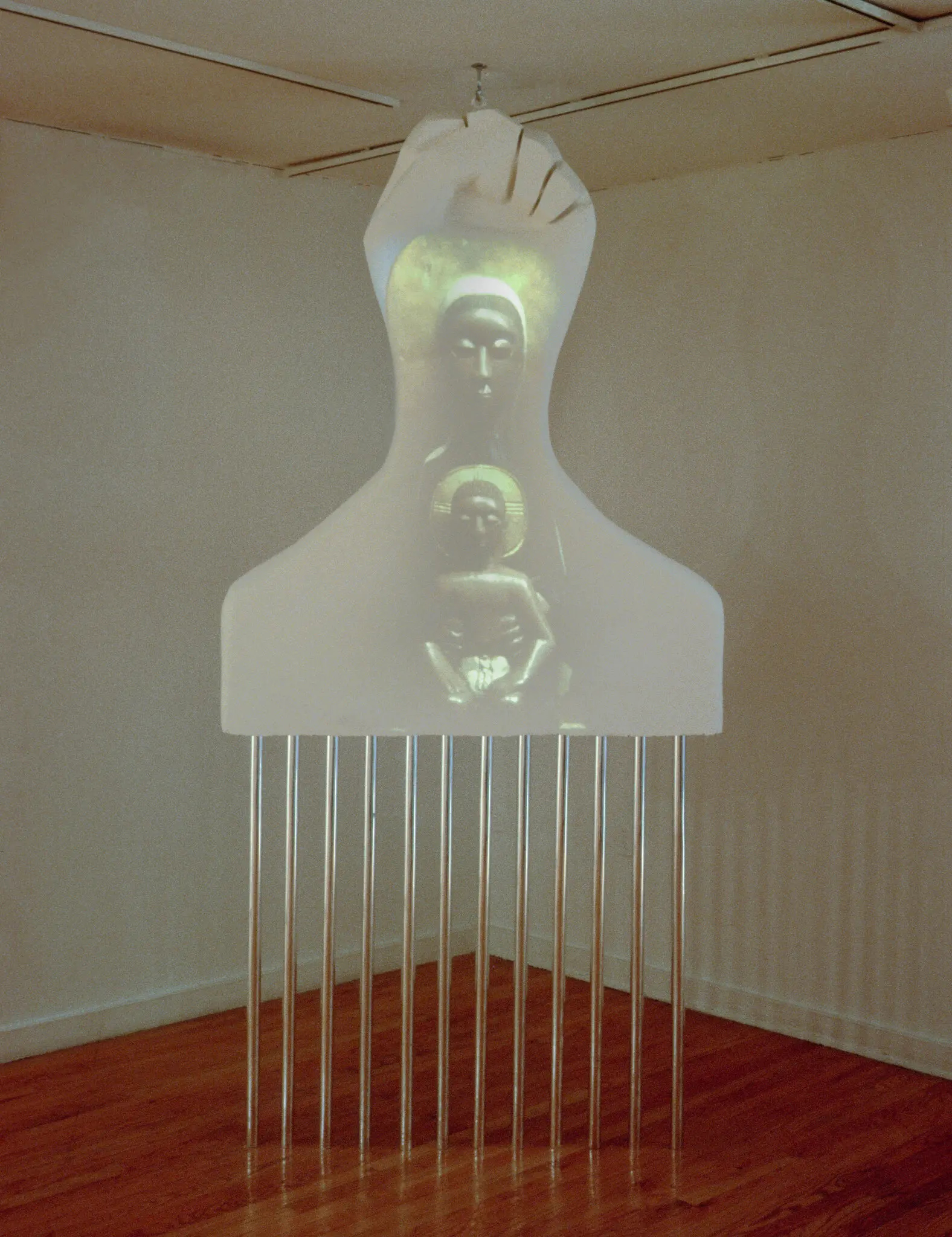BY SETH RODNEY
The Studio Museum in Harlem’s longtime residency program has been pivotal to artists of color. Here, alumni look back on why it was so crucial to them.
The Studio Museum in Harlem’s artist-in-residence program has a storied history. Since its start in 1969, some of the most prominent Black artists working today have held residencies. More than 150 artists have participated in the program, working in media including painting, drawing, sculpture and performance.
The seven-month fellowship was conceived for visual artists of African and Afro-Latin descent. In the 1980s, the museum’s director, Mary Schmidt Campbell, formalized the program, standardizing its length and the number of artists.
Three artists are selected each year from a pool of applicants. (In 2020, during the pandemic, four residencies were awarded.) Those selected get studio space in the museum, a stipend of $37,500, along with regular visits with museum staff members and arts professionals from outside the museum.
Since its inception, the program has addressed a gaping deficit in the art scene: a dearth of platforms that support artists of color striving to find their way through a thicket of financial, familial and personal obligations, while making the art that’s true to their vision.
On the occasion of the museum’s reopening — the residency program remained open while the museum was closed for renovations — The New York Times spoke to alumni. They provide a glimpse of what their experiences were and why this program is critical to Harlem, the New York art scene and the art world. These are edited excerpts from the conversations.
SANFORD BIGGERS (1999-2000)

Sanford Biggers, “Untitled,” 2000, plaster, wood, mylar, rotating 35-millimeter projections.
Credit...Sanford Biggers
One of my fondest memories of being in the program is the camaraderie that I had with the other two artists [Terry Boddie and Nicole Awai], feeling that we were all embarking on a new journey.
We came in exactly when Thelma Golden and Lowery Stokes Sims and Christine Kim came in. So, it was not just being in New York and being in Harlem, it was basically the next chapter of the Studio Museum in Harlem. It was extremely exciting, extremely fertile, and we all just felt like we had come up to some type of art summer camp, excited for the future. I had come directly out of grad school, and every week there we had multiple critiques, which make you a bit self-conscious.
Being in Harlem and seeing the improvisatory nature of the neighborhood and the people, and catching the funk of being uptown — when I took that into the studio it sort of opened up. It freed me in a way that I could be a lot less risk averse. I felt like I was improvising. I felt like, OK, now I’m on the stage, and that makes no sense. Perfect. It makes no sense. Let’s do it.



